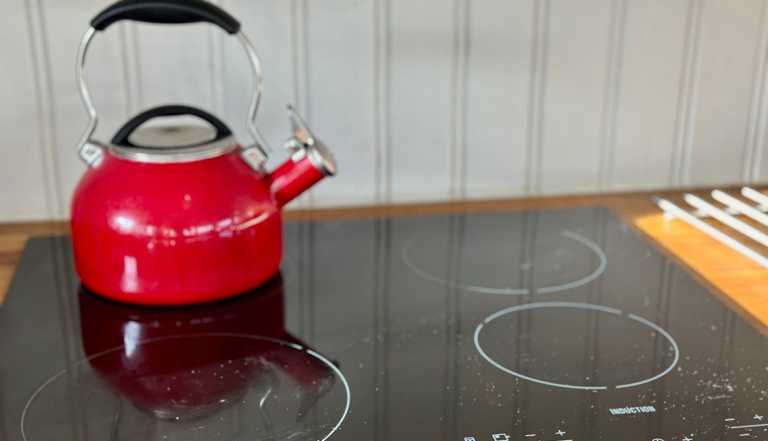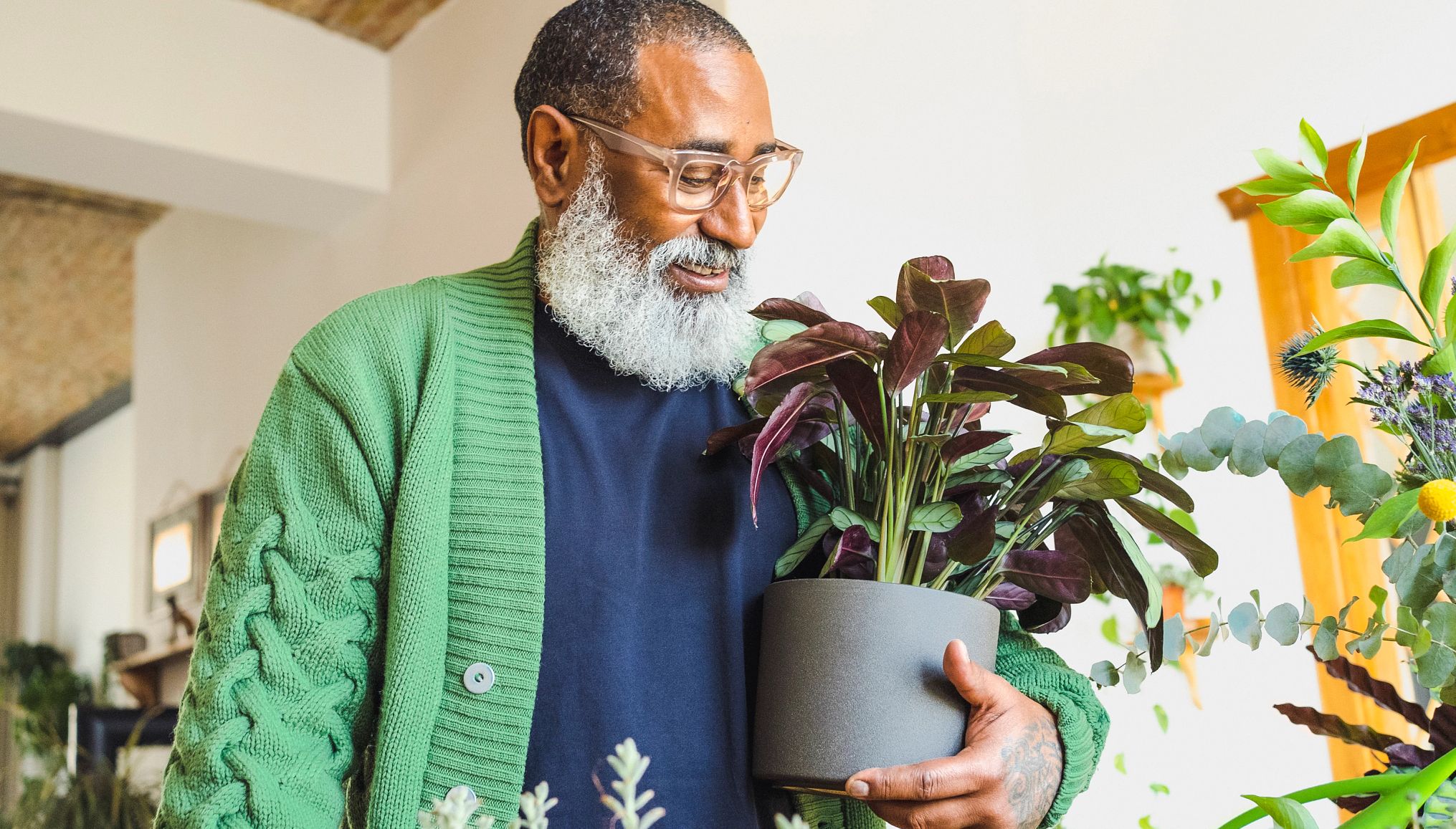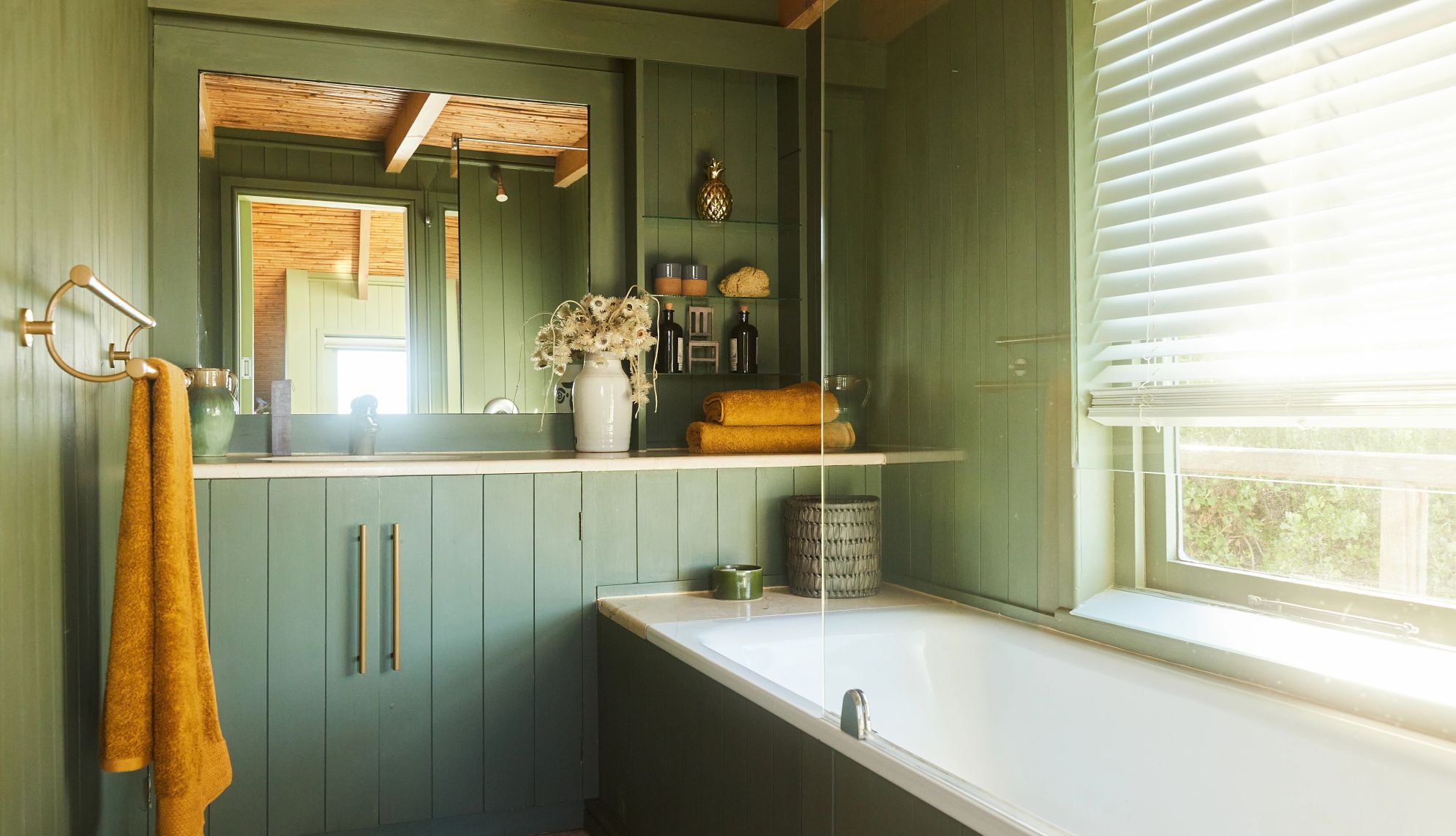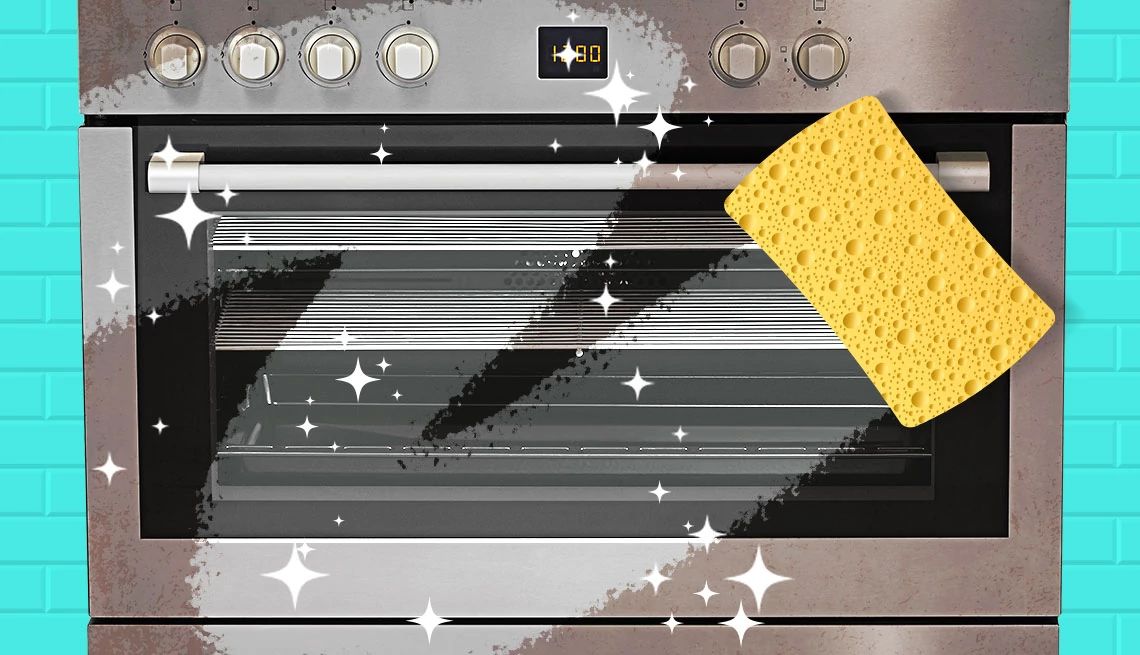Staying Fit
Home & Living
Inspiration and strategies for making the most of life at home and in your community now and in the future
Live Life to the Fullest
All About Food


AARP Membership
$12 for your first year when you sign up for Automatic Renewal
Get instant access to members-only products and hundreds of discounts, a free second membership, and a subscription to AARP the Magazine.
Living Your Best Life


Home & Living
Weird Cooking and Cleaning Hacks That Really Work
Some might sound strange, but they’re worth trying


Your Home
AARP Smart Guide to Spring Cleaning
Helpful tips for tidying up every room in your house
Home Improvement


Home & Family
11 Tips for Window Air Conditioner Maintenance
Keep cool and save on costs, plus other portable AC optionsRecommended for You
AARP IN YOUR STATE
Find AARP offices in your State and News, Events and Programs affecting retirement, health care and more.

























































































